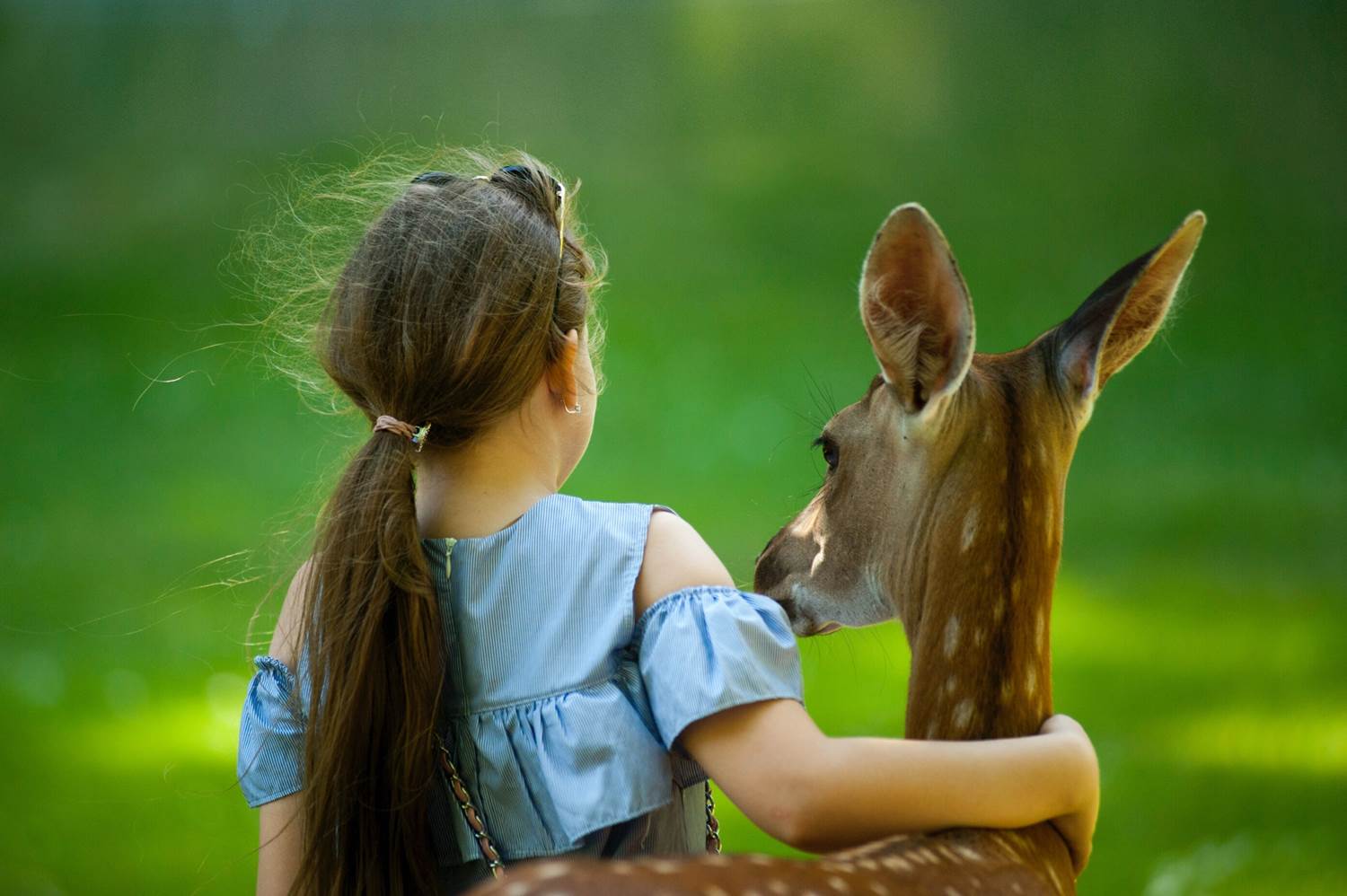In the intricate web of life, the relationship between humanity and nature is one of profound interconnectedness. As custodians of this planet, we bear a responsibility to instill in the next generation an inherent respect and care for the environment. Just as we receive sustenance and solace from nature, we must impart the wisdom that children will one day be the stewards of our shared home. This article delves into the significance of teaching children to respect and care for nature, underscoring how this nurturing education lays the foundation for a future where nature’s well-being reciprocates our own.
Planting Seeds of Awareness:
From the moment a child takes their first steps, they embark on a journey of discovery—of the world around them and their place within it. This journey is an opportune time to introduce the concept of nature’s interdependence with human life. By immersing children in the beauty of forests, oceans, and meadows, we cultivate an appreciation that transcends aesthetics and delves into the intricate symbiosis that sustains all living beings.
Cultivating a Sense of Responsibility:
Just as a young sapling requires nurturing to flourish, so too do young minds need guidance to develop a sense of environmental responsibility. Engaging children in simple acts, such as planting trees, recycling, and tending to gardens, imparts the understanding that their actions influence the health of the planet. This awareness blossoms into a sense of duty to preserve nature’s splendor for future generations.
Lessons from Nature’s Classroom:
Nature is an unparalleled teacher, offering lessons in resilience, adaptation, and balance. Children who explore the outdoors absorb firsthand the interconnectedness of ecosystems, learning how delicate shifts can ripple through the environment. Such observations translate into a deep-rooted empathy for the creatures that inhabit these landscapes and inspire a commitment to safeguarding their habitats.
Instilling Lifelong Values:
Educating children about the importance of respecting and caring for nature molds not only their character but also their future choices. These values become woven into the fabric of their identities, guiding decisions that extend beyond childhood into adulthood. Whether it’s advocating for sustainable practices or supporting conservation efforts, the imprint of early teachings manifests in actions that resonate with global impact.
Nature as a Companion and Teacher:
Beyond textbooks and classrooms, nature becomes a companion and teacher, fostering curiosity and creativity. From building forts in the woods to observing constellations in the night sky, children’s experiences in nature kindle a sense of wonder and connection that cannot be replicated elsewhere. These moments become touchstones that anchor them in their commitment to preserving the Earth’s treasures.
A Circle of Care:
As we nurture children’s affinity for nature, we sow the seeds of a reciprocal relationship—one where nature’s well-being becomes intrinsically linked to our own. Just as nature nurtures us, the lessons we teach children ensure that they will one day nurture nature. This harmonious cycle of caring not only safeguards the planet’s future but also secures a legacy of respect, love, and gratitude that spans generations.
In Conclusion: Sowing the Seeds of Stewardship:
Teaching children to respect and care for nature is not just an educational endeavor—it is a sacred duty. By imparting the values of reverence and responsibility, we empower them to be the guardians of a world they will one day inherit. As we invest in their connection to nature, we invest in a future where the Earth’s vitality echoes the care we’ve sown. It is through the nurturing embrace of these teachings that we cultivate a world where nature’s benevolence is reciprocated in kind—a legacy of stewardship that stands as a testament to the enduring bond between humanity and the environment.



Leave a Reply